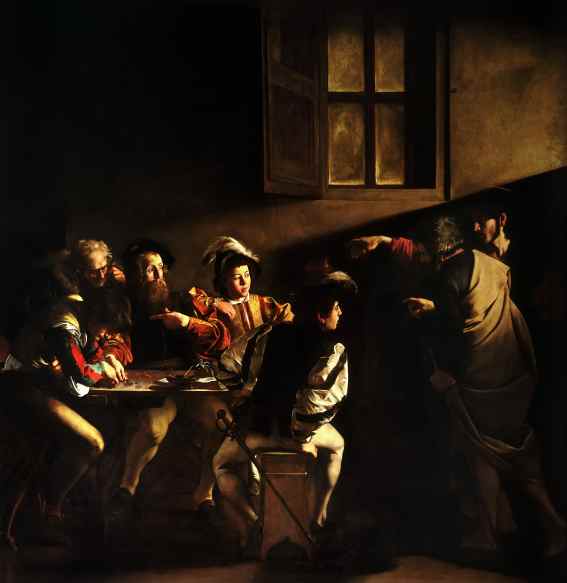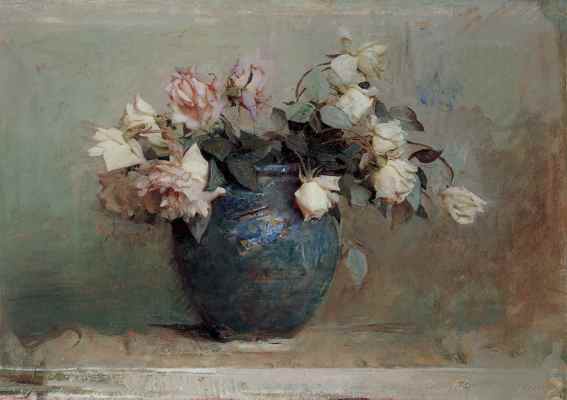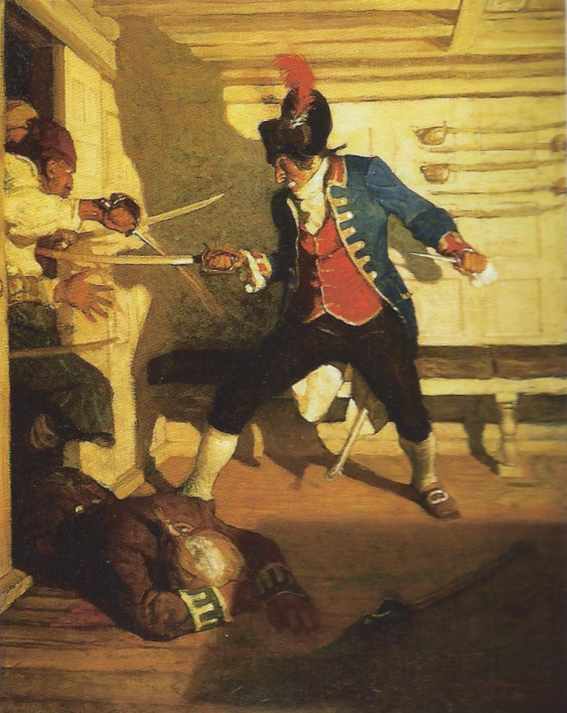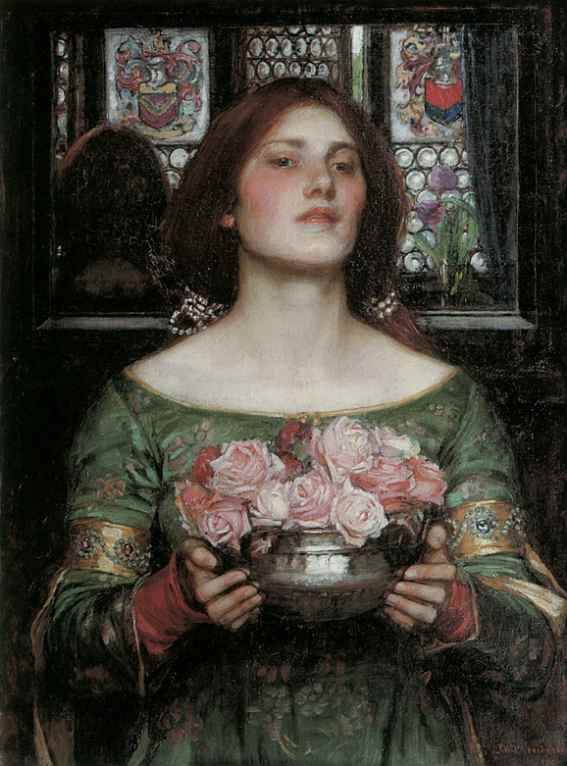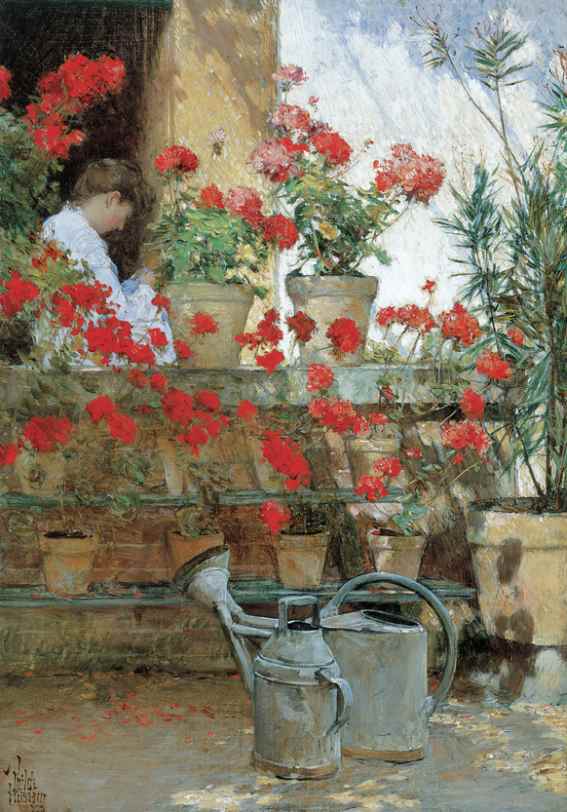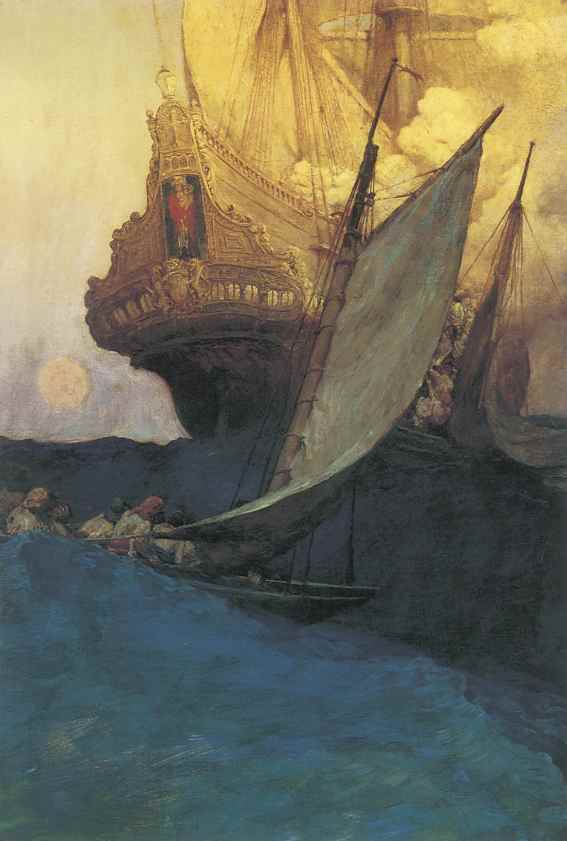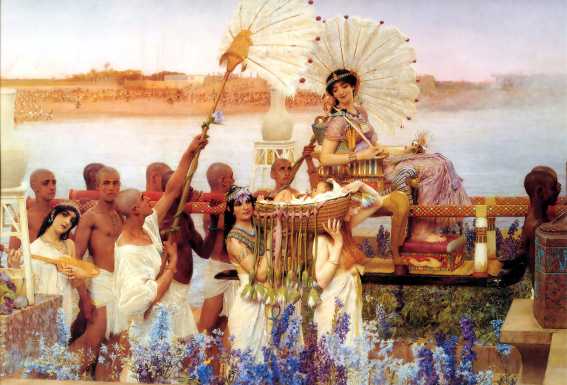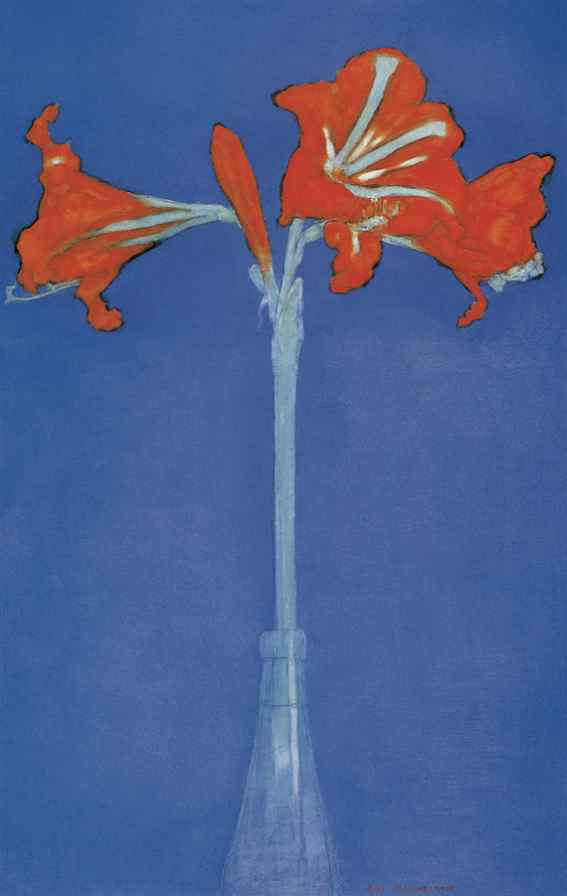Are you ready to learn
how to draw and paint great?
I hope your answer is "YES!" because that's exactly what you're going to learn on this site.
Anyone can learn how to draw and how to paint. Even if you’ve never drawn anything before, I will show you everything you need to know.
If you can write your name you can learn to draw.
I designed these free art lessons assuming you are a total beginner with no prior experience. But if you have some experience with drawing and painting that’s great too. I will be covering all the basics as well as advanced concepts and techniques that will hone your skills even more.
Drawing and painting are very rewarding pursuits and I want you to get great at them. I carefully designed each lesson to help you get good as fast as possible. That’s why I provide lots of pictures, videos, practice assignments, and more. All you need to do is follow along, put in some practice time and you will see results.
Representational drawing and painting is the style we will learn in these lessons. That means we'll draw things so they look realistic, but not photo-realistic. We want to make things look real but leave some room to express our individual styles.
But, no matter what style of art you are interested in these lessons will help make you a better artist.
I think it's very important to look at lot's of different artists and styles that inspire you. You can use their artwork as an example of what to strive for in your own work.
Here are some examples of Representational Art from a few of my favorite artists. Click on an image for a larger view.
|
Caravaggio: Calling of Saint Matthew (1600) Abbott Handerson Thayer: Roses (1890) N.C. Wyeth: The Siege of the Round-House (1913) J.W. Waterhouse: Gather Ye Rosebuds While Ye May (1908) |
Childe Hassam: Geraniums (1889) Howard Pyle: Attack on a Galleon (1905) Sir Lawrence Alma-Tadema: The Finding of Moses (1904) Piet Mondrian: Amaryllis in a Flash in Front of a Blue Background ( 1909) |
How will we go about learning these skills?
We'll start off by learning the Drawing Essentials, which are broken into four levels.
- Level 1: Foundation - shows you how to hold and manipulate your pencil and developing your Artist’s Eye.
- Level 2: Drawing Basics - teaches you how to block-in drawings and some tools to help you draw more accurately.
- Level 3: Form Drawing - explores drawing the basic forms and making things look three dimensional with light and shadow.
- Level 4: Artistic Touch - will show you some advanced drawing concepts that will take your drawings to a new level.
After completing all the lessons in the drawing
essentials you will have built a solid foundation in drawing and will be ready
to apply your skills to more advanced subjects like these. (This is the fun stuff!).
- Still life drawing
- Landscape drawing
- How to draw animals
- How to draw cars and vehicles
- Figure drawing
We will also be spending some time learning two very important subjects which are often neglected but vital to your success.
- Perspective: everything we draw is governed by the rules of perspective, (Don't worry it's easier than you think).
- Color Theory: The way colors work is very important to understand. We will explore the rules and ways of using color, (It's a lot more fun than it sounds).
Next we’ll transition from black and white pencil drawing into color drawing and put our new color theory skills to use.
- Colored Pencils: This is a fun medium that lets us easily break into color.
- Pastels: We will look at a few different types of pastels and the beautiful results they produce. (Think of pastels as Dry Painting)
And finally we will use all the skills we have learned so far and apply them to painting. We will start out with a limited color palette and slowly build up to full color while learning to use the following mediums.
- Acrylic painting: A quick drying water soluble medium that yields fast results.
- Oil painting: The medium of choice for many of the greatest painters of all time, (Don’t worry it’s not that intimidating).
- Watercolor painting: A fresh fun way of painting that will put all your drawing and painting skills to the test.
At the end of these free art lessons you will have learned how to draw and how to paint anything great.
It sounds simple but it will take some time, some patience, and definitely some practice, but I know you have what it takes.
So what are we waiting for, let's get started with Drawing Essentials Level 1: Drawing Pencil Sketches
Please note that this site is a work in progress. Please subscribe to my RSS feed to be updated when I post a new lesson. The lessons are added in order so you will get them in the right progression.
